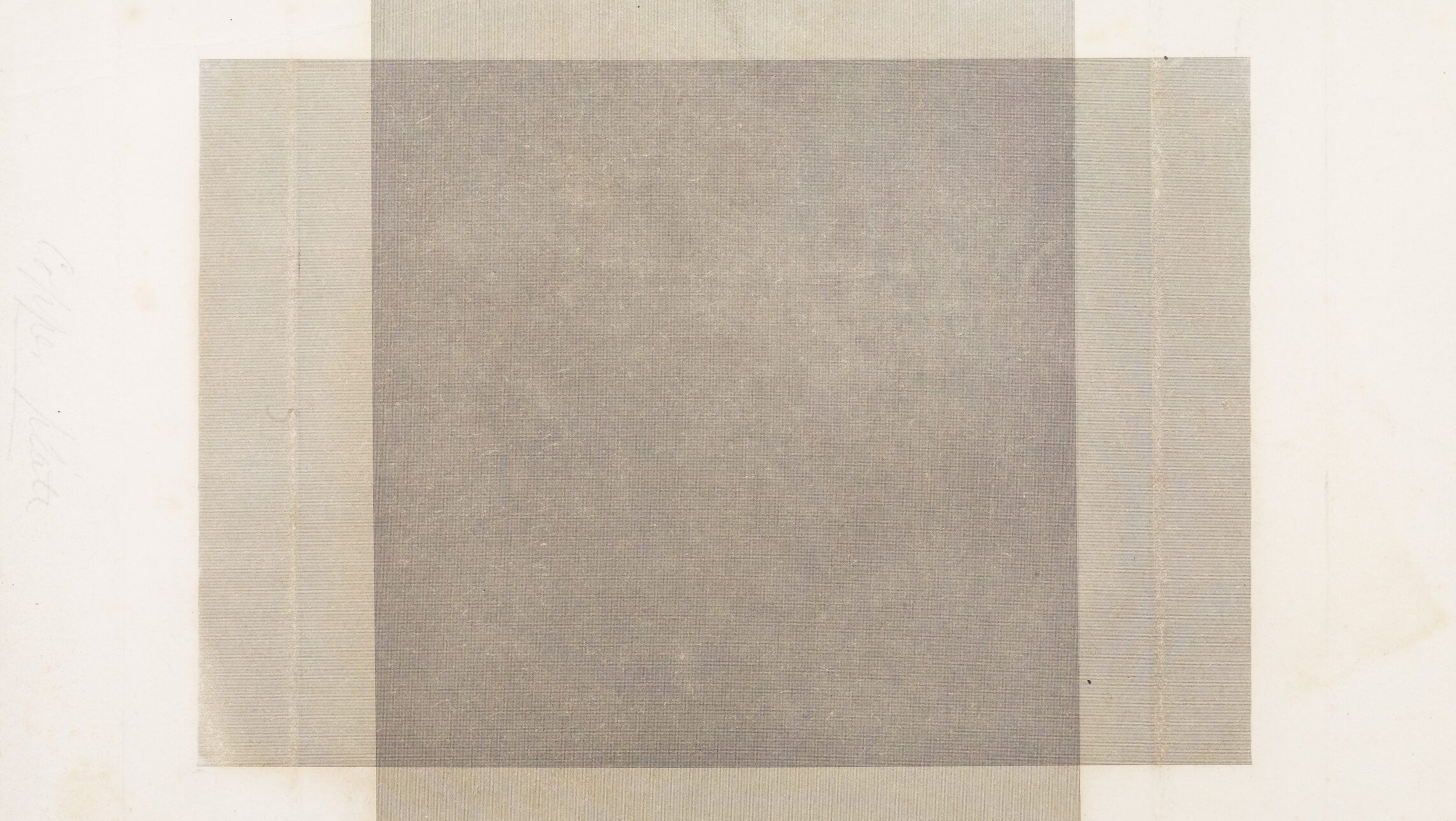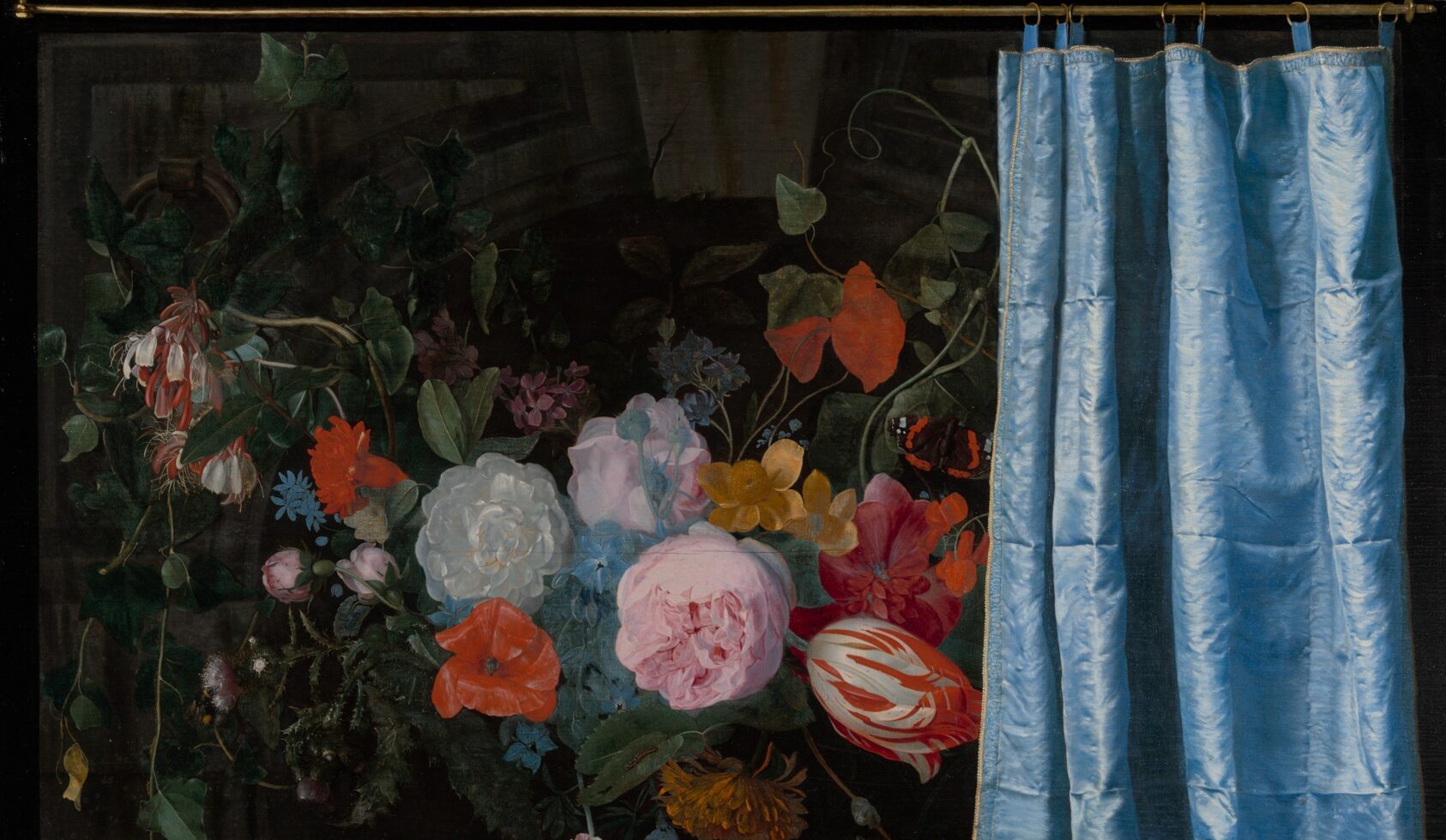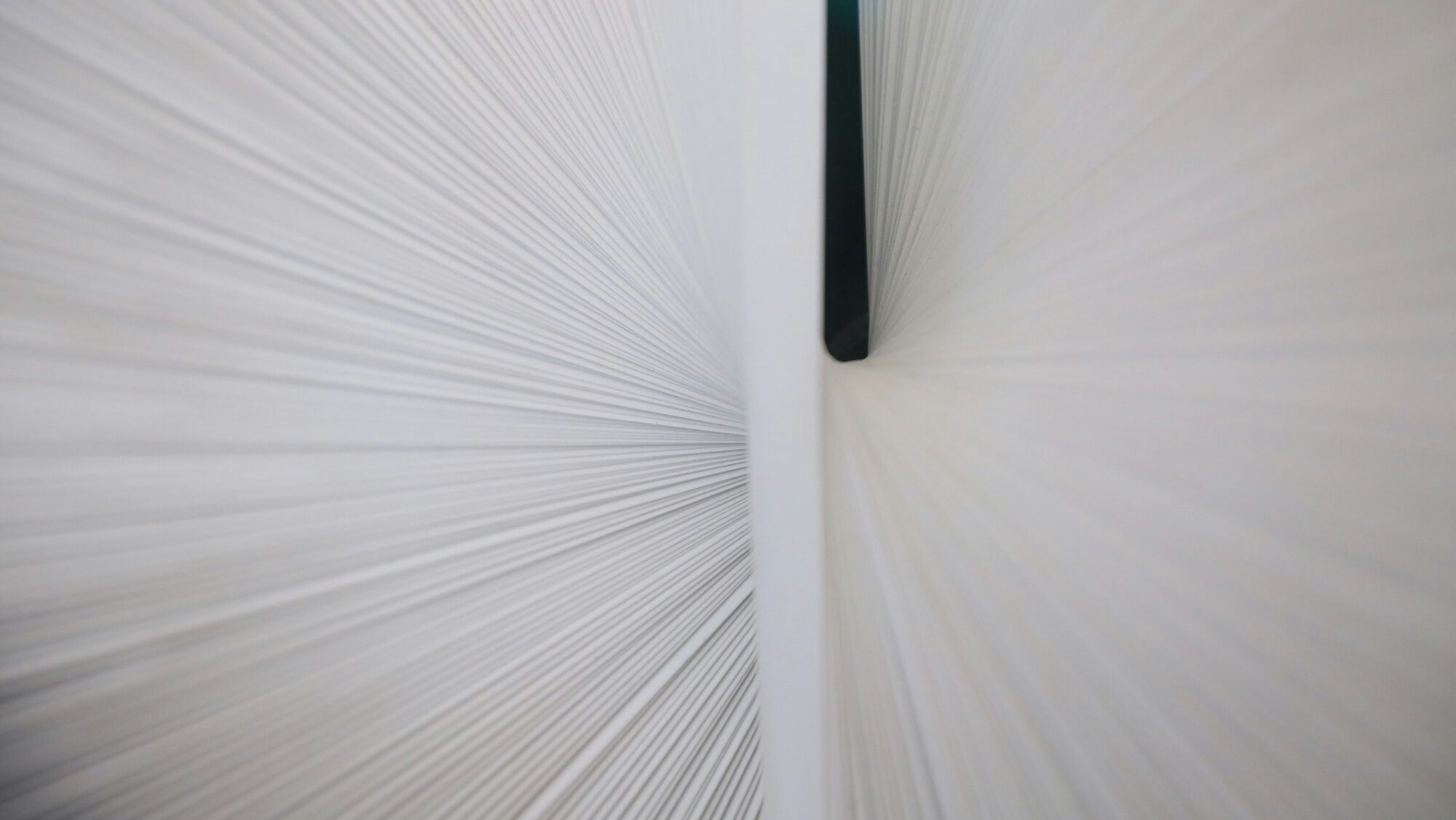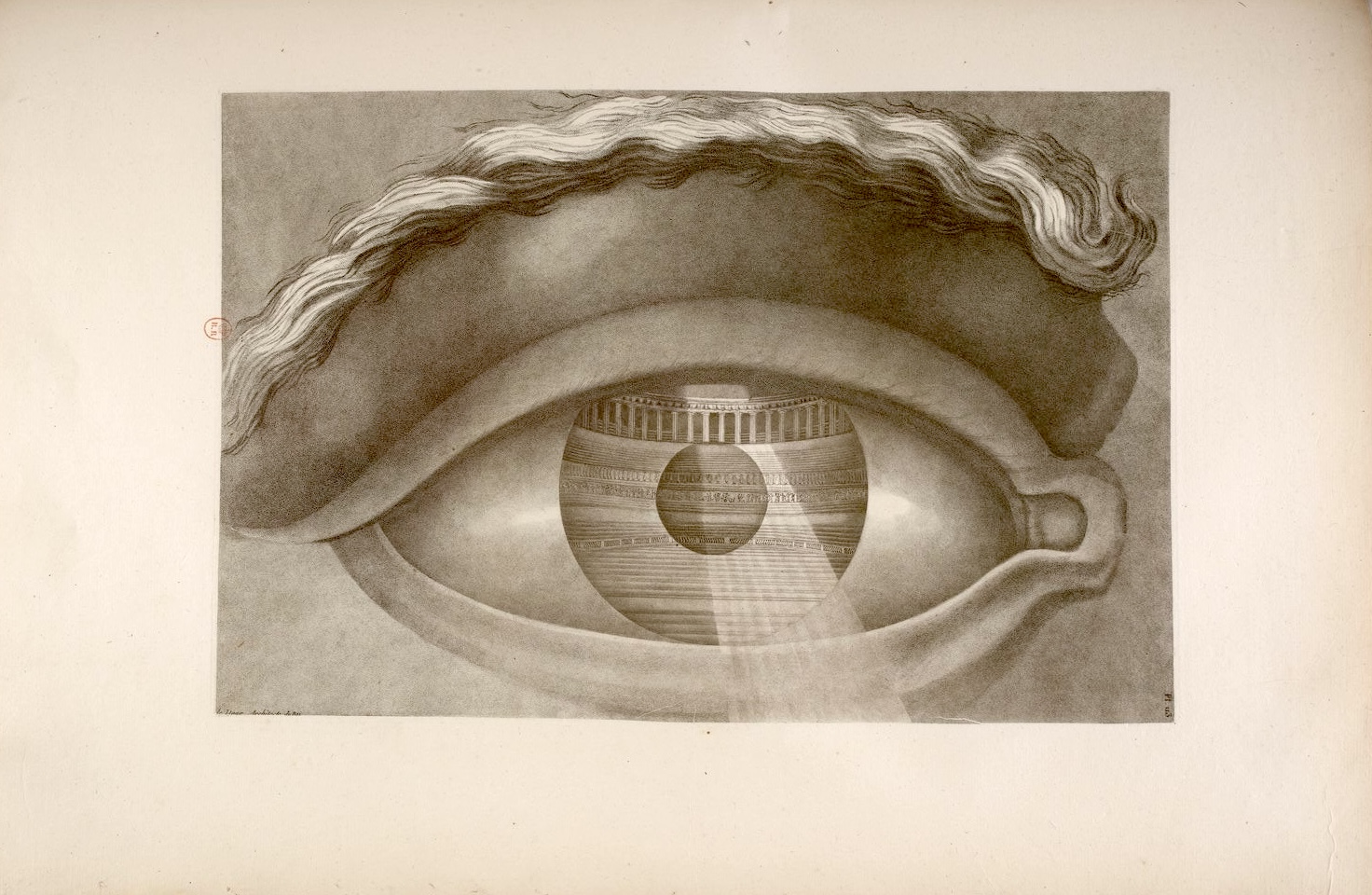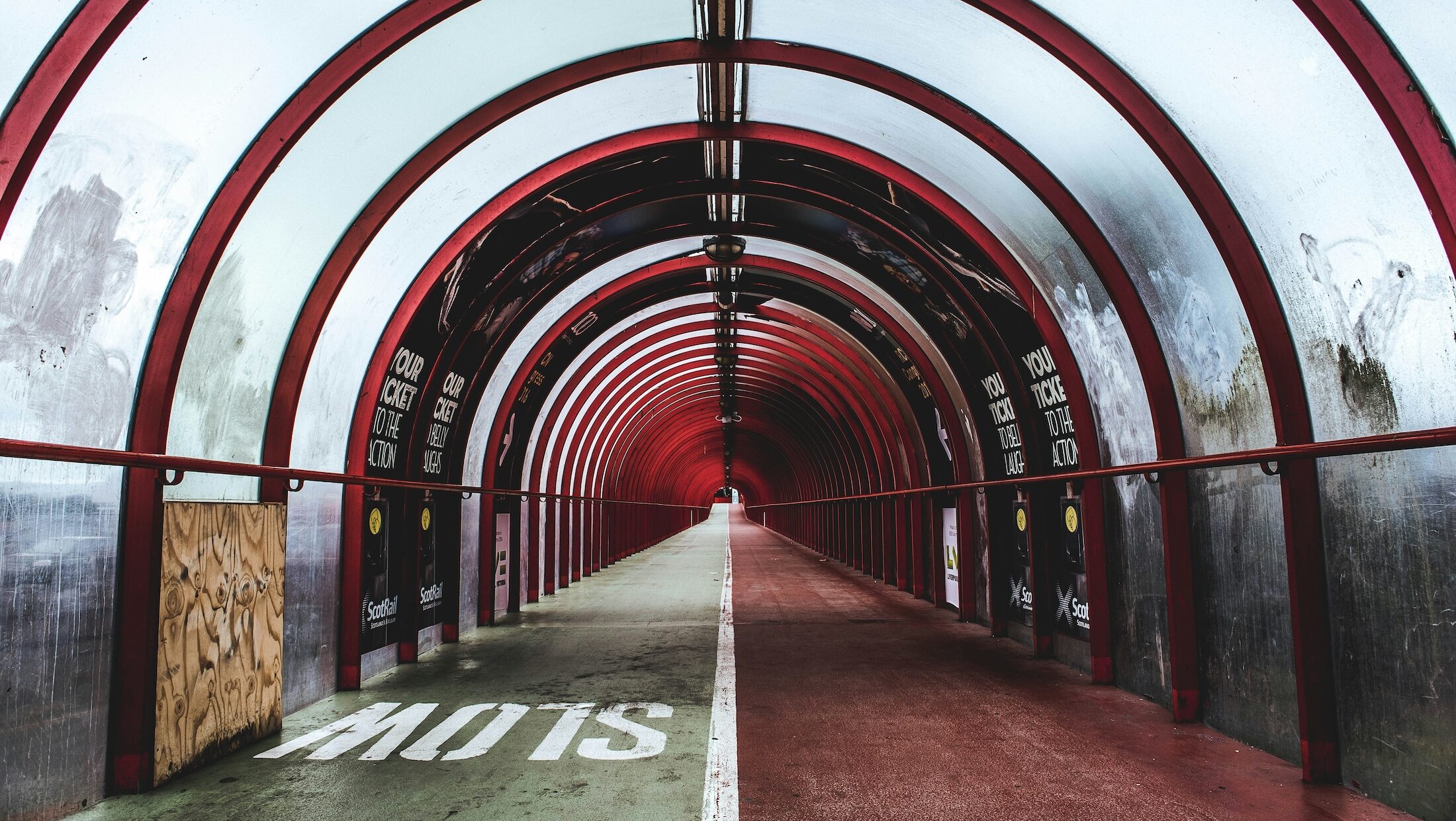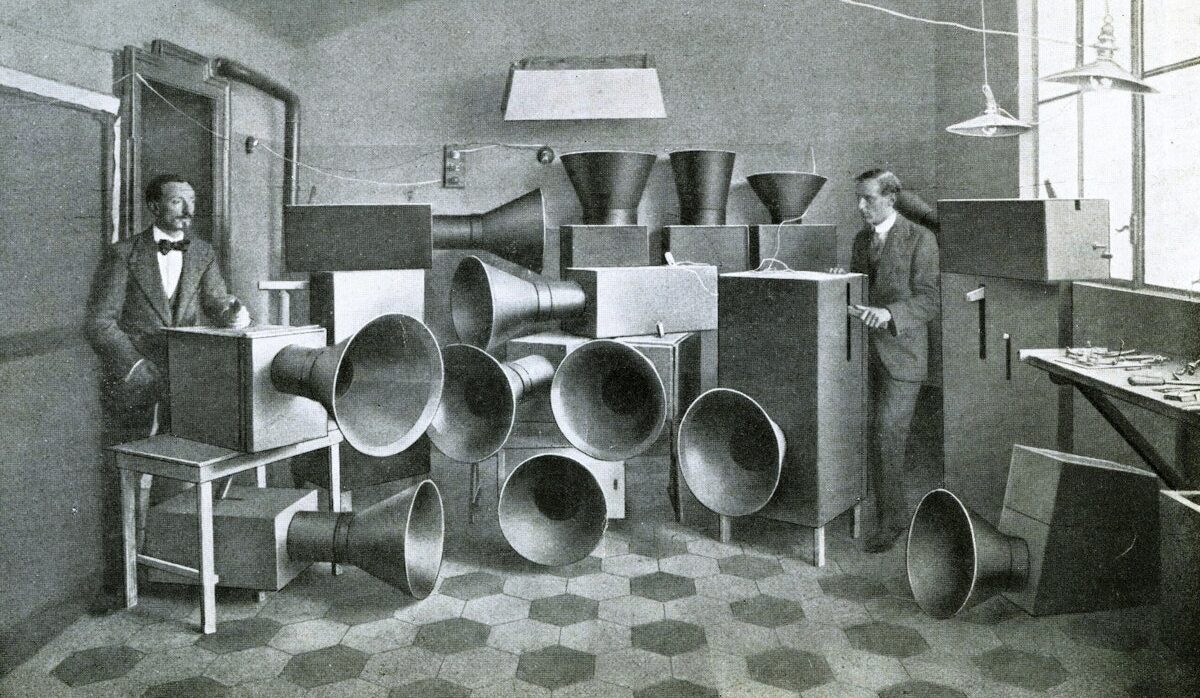This space is dedicated to exploring the principles and practices of calm design. Through my writing, I dive into how design can prioritize well-being and attention management, offering a mindful approach to creating user experiences that resonate with today’s fast-paced world.
-
-
In a world dominated by screens, paper’s tactile, focused experience is being rediscovered in new ways. This post explores how paper, an ancient invention, continues to shape modern digital design, and whether its power to create focused, mindful experiences can inspire a new wave of calming, distraction-free technologies.
-
While gamification can boost engagement, it often introduces distractions that seem at odds with a mindful, calming environment. But I believe there’s a way to harmonize these two elements. By simplifying rewards, focusing on intrinsic motivation, and using subtle feedback, we can create a gamified experience that enhances mindfulness rather than detracting from it.
-
In our digital world, notifications often compete for our attention, contributing to digital fatigue. I’ve been rethinking how notifications can be more supportive than disruptive. By considering users’ rhythms and preferences, we can design notifications that respect their time and attention, making them feel more like thoughtful nudges instead of interruptions.
-
Some design choices feel almost hostile—tricking users, making actions confusing, or manipulating behavior for profit. These so-called “dark patterns” are easy to spot, but harder to challenge. That’s why I’ve been working on a simple framework to help evaluate when a design prioritizes business goals at the expense of user well-being.
-
Designing for calm—experiences that respect users’ attention and well-being—resonates with designers, but convincing stakeholders is another story. How do we measure calm? Is it even a KPI? While it may not be as tangible as clicks or engagement, calm design impacts productivity, user satisfaction, and long-term loyalty.
-
-
-
-
-
-

